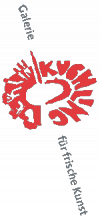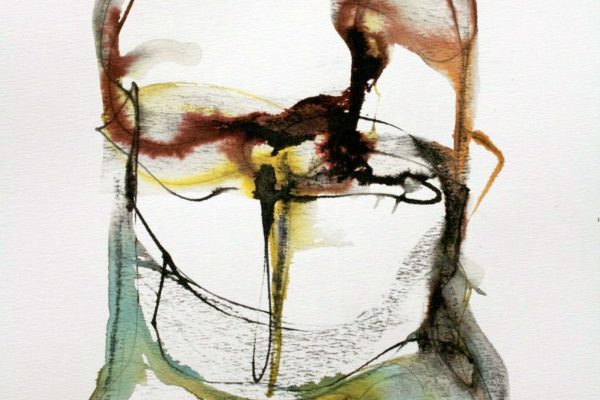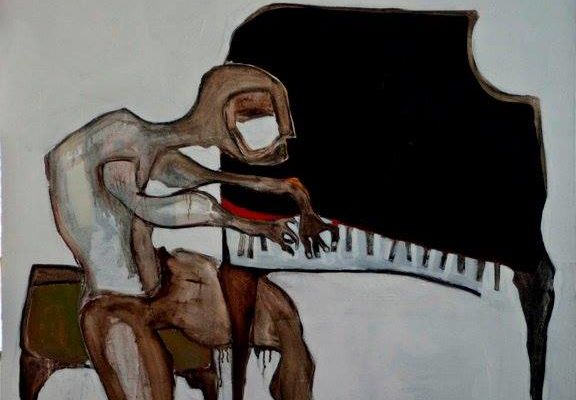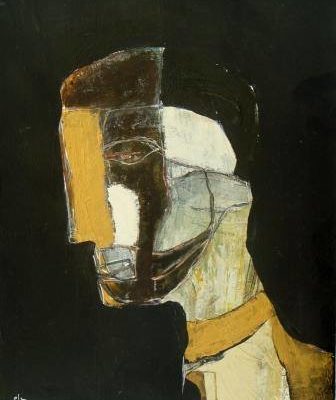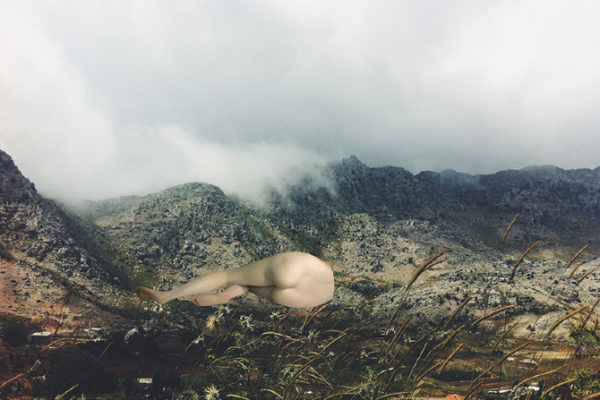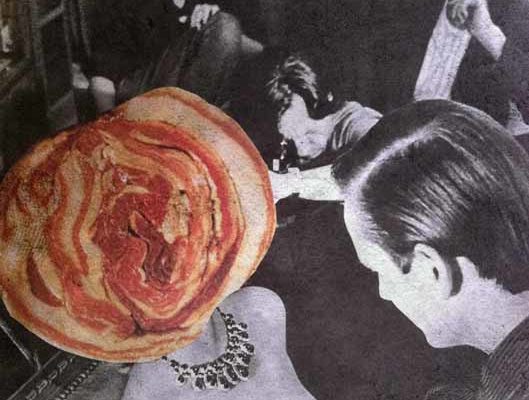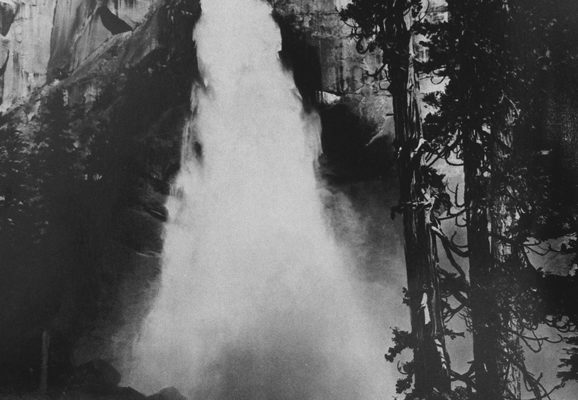Who am I? Am I a face, am I a body, or the product of my cultural and social background? Who am I? – The quest for identity is a dynamic process that everyone lives through over and over again. At times conciously, at times unknowingly. This introspection becomes tangible in the artistic medium of the self-portrait, as this is where the quest for identity takes shape, gains room, form and color, outlining the self and lending it a lasting expression.
Who am I? Who am I, living in a city once capital of a country that used to be a model for peaceful coexistence of different religions – before the Lebanese Civil War – and now, more than twenty-five years later, is divided into East and West, Christians and Muslims. A city where the right to an own (and above all political) opinion still is subject to censorship or even military oppression?
The artists Maria Kassab and Semaan Khawam live and work in Beirut – facing life in the chaotic and bubbly capital with its awkwardly proportioned buildings, the countless antennas that rise up to the sky and the breathtaking landscape the metropolis is embedded in. Every day they anew embark on the quest for the self and their relation to the city they live in. The two artists let us participate in their complex and fascinating artistic introspection at Galerie Kuchling.
In Maria Kassab’s poetic-surrealistic collages and photomontages the visual world seems like a shattered nightmare at first sight, defragmented and of a touching symbolic value. Over and over she employs fragments of a female body, at times hovering above the theatre of war – naked and vulnerable, meditatively twirling the hair, hand and nose of a silvan mountain top or on the seventh floor of a business building, becoming an object of sexual desire reduced to legs and bottom. In Of rivers and lakes the artist’s face spookily appears above the top of a waterfall, its wild waters concealing mouth and body like a veil of tears. The same silent sadness is expressed by the headless female figure, clasping her legs and pressing them to her chest. Partly covered by Arabic characters and a coarse cloth chequered in red and black, she seeks to give herself support. While Kassab employs not so much her own face but rather obviously female body parts as a medium, questioning her identity as woman in a both natural and socio-cultural context, Semaan Khawam pursues a classic quest for the self by observing his own face and its rendering in self-portraits. However, Khawam undermines the traditional form of the self-portrait which shows face, chest and shoulders head-on, by employing a special drawing technique. With thin diaphanous lines in ink, India ink, coffee and charcoal, Khawam carefully explores his own contours on the paper, finding faint outlines and surfaces, which, from a distance appear like a view onto uncharted landscapes. The own face is divided into colour fields, watered by azure lakes, cultivated with fenced colour patches and gaudy meadows. The own face, different and yet the same from day to day, is scenery of own desires, hopes and dreams and still remains the same base, the same source, which has to bear up against the scrutinizing looks of both observer and observed subject. However, in the course of his introspection Khawam does not remain on the surface of his face but uses small recurring iconographic elements, such as bird and tortoise, as expression and symbolic expansion of the self, of his own thoughts and emotions. For instance, on some of his self-portraits the artist shows a little bird behind the depicted person’s forehead, just waiting to be released. And this is just what Khawam does, when he eventually, in a large self-portrait with sprawled arms, forms a ring around his head from two threads that grow from his temples, causing a wirl of leaves that allow the birds to levitate. With poetic ease, Khawam illustrates a joyful world with its own rules – created from his own mental power.
Even though the works by the two Beirut artists may appear quite different at first sight, what they have in common is the reaction to the city they live in: Maria Kassab was born in Beirut, due to the life-threatening situation during the Lebanese Civil War she went to Montreal and returned to her home town in 1995 – partly for her will to change things to a better: “However, we try, we the little people to make big changes. Whether through infiltration ourselves into peaceful movements with messages … or through artistic mediums translating contents and substances about a scream wanting to be heard“1. Semaan Khawam, who called attention as graffiti artist in the streets of Beirut, faced a three-month prison sentence or a high fine in 2012 for spraying a graffito of an armed soldier onto the wall of a house. This soldier was supposed to bring the Lebanese Civil War to mind, as it is all too often and thoughtlessly shrugged off as a thing of the past, even though it is present all over the city. Beirut still is a place of contrasts and contradictions, which may perhaps also serve as a catalyst for artistic creativity, because, as diverse as answers to the question “Who am I?“ by the two Beirut artists may be, both Khawam’s as well as Kassab’s works imply the same answer: I am someone with a voice. I have the voice of an artist that can speak out loud about contradictions; a voice that will call for reminiscence of the past. And both the voice and my artistic talent are a gift: a gift that allows me to see and form myself, so that I can be free.
1Interview in: Libalel, 18. März 2011
